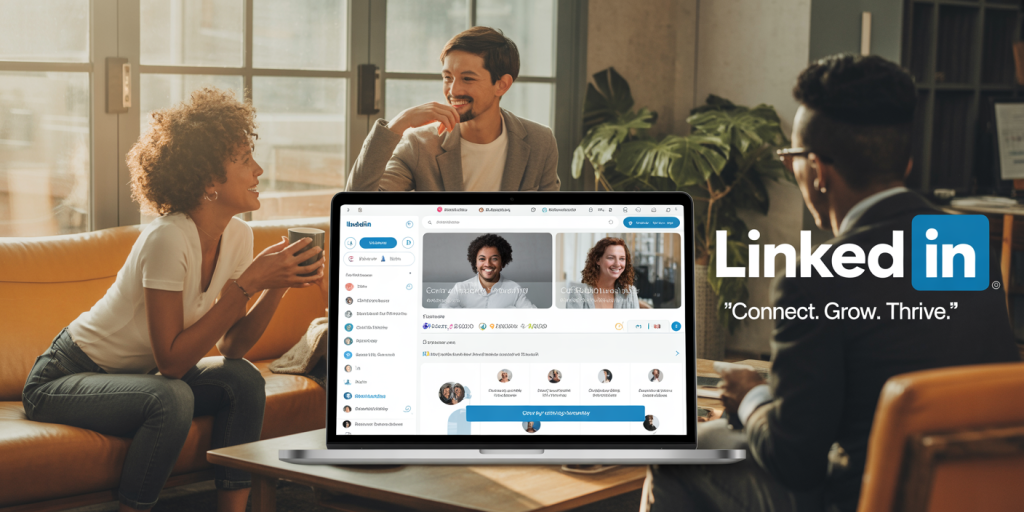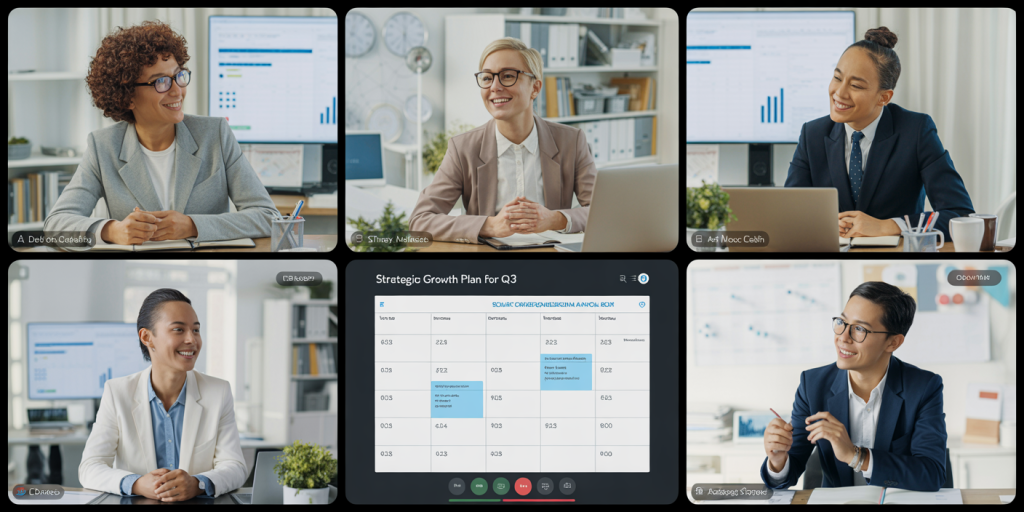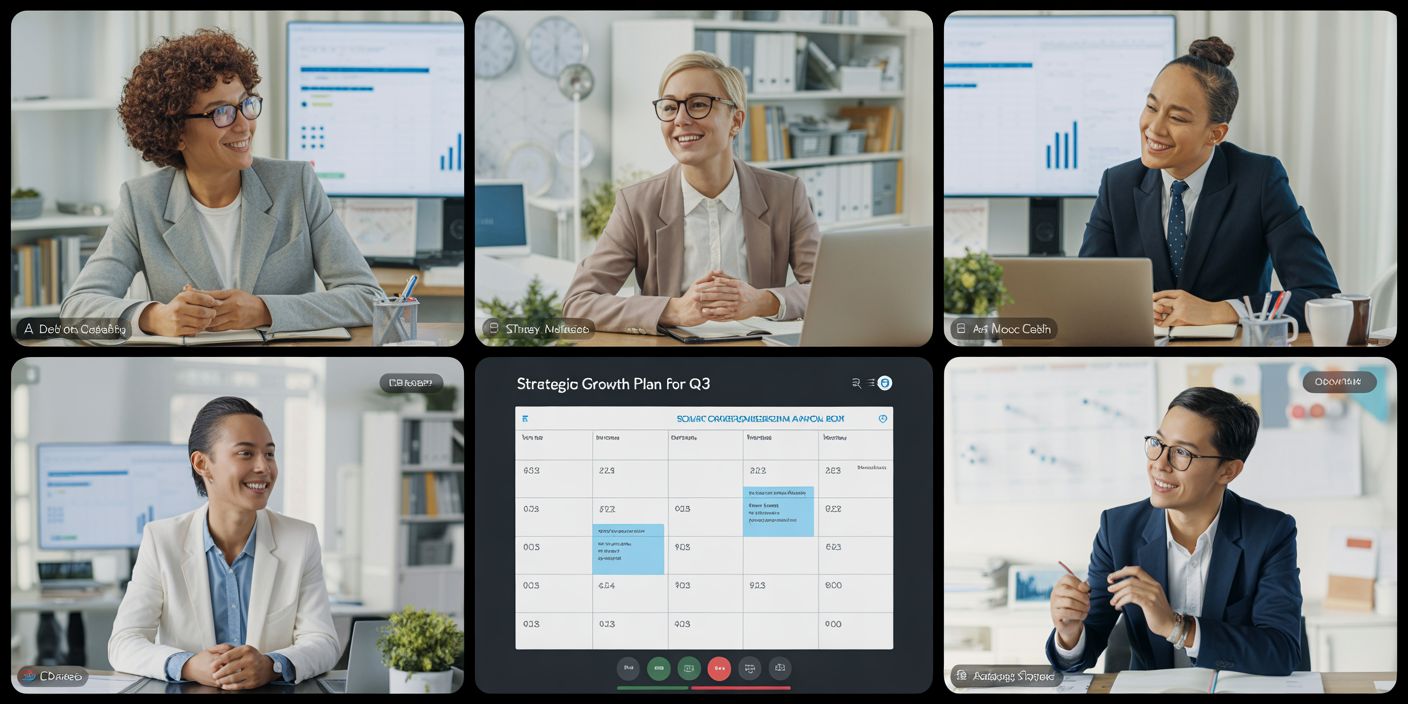Creating a Personal Board of Advisors (PBA) has emerged as a powerful approach for professionals who want to accelerate their career growth, navigate challenges, and make strategic decisions with confidence. Unlike traditional mentorship that often depends on a single figure, a PBA consists of a carefully curated group of individuals from diverse backgrounds and skill sets who provide well-rounded guidance. In today’s complex and fast-changing work environment, assembling a trusted advisory group tailored to your unique career goals can dramatically increase your chances of success.

Research shows that 70% of people who have a network of mentors or advisors advance faster in their careers (Harvard Business Review, 2022). However, many professionals rely on informal or sporadic advice rather than a systematic and structured support system. This article details practical steps to build your own Personal Board of Advisors, supported by examples, data, and actionable strategies.
Understanding the Concept and Benefits of a Personal Board of Advisors
A Personal Board of Advisors is essentially your own “brain trust”—a group of 4 to 7 individuals who offer you regular insights, candid feedback, and diverse perspectives across different areas of your career. These advisors can be current or former colleagues, industry specialists, coaches, or even peers who bring complementary strengths to the table.
The key difference between a PBA and a traditional mentor relationship lies in diversity and reciprocity. Whereas mentorship usually involves a one-on-one relationship, a PBA brings different voices together to fill knowledge or experience gaps you may have. For instance, you might have one advisor expert in leadership development, another with technical skills, and a third experienced in navigating corporate politics. This multi-faceted counsel enables holistic decision-making.
According to a PMI (Project Management Institute) study, organizations with diverse advisory councils report 23% higher project success rates due to better risk management and innovation. By analogy, individuals with diverse advisors can better identify career risks and opportunities. On a personal level, having a PBA helps combat isolation, build confidence, and encourages accountability.
Identifying the Right Advisors for Your Career Board
Selecting the right members for your Personal Board of Advisors is crucial. Start by defining your career objectives clearly. Are you aiming for a leadership role? Do you want to switch industries or scale a startup? Your advisory needs will vary accordingly.
Consider five key advisor types shown in the table below:
| Advisor Type | Role Description | Example Professionals | Why They Matter |
|---|---|---|---|
| Industry Expert | Deep knowledge of your field or sector | Senior managers, consultants | Keeps you updated on trends and standards |
| Career Strategist | Helps define career trajectory and goals | Coaches, HR professionals | Provides guidance on promotions or pivots |
| Skill Mentor | Specialist who develops a specific skill | Technical lead, creative director | Enhances your functional expertise |
| Peer Support | Fellow professionals facing similar challenges | Colleagues, networking contacts | Offers empathy, shared experiences |
| Well-being Advisor | Focus on personal resilience and motivation | Therapists, executive coaches | Sustains your mental and emotional energy |
To illustrate, Maria, a mid-career marketing executive, built her PBA by including a data analyst (skill mentor), a former CMO (industry expert), a career coach, a peer from her networking group, and a mindfulness coach. This blend helped her transition smoothly to a digital marketing leadership role.

Don’t overlook diversity in gender, ethnicity, and background, as studies by Catalyst reveal that diverse advisory teams foster greater innovation and problem-solving.
Approaching Potential Advisors: Building Genuine Relationships
Once you identify potential advisors, the next step is approach and engagement. This phase requires tact and authenticity. Start by establishing rapport through professional networking channels such as LinkedIn, industry events, or mutual contacts.

A practical example can be drawn from John, an engineer who wanted to enter management. He researched leaders in his company and industry, then requested brief coffee chats or virtual introductions, clearly articulating his goals and respecting their time. This often led to ongoing conversations and eventual advisory arrangements.
When reaching out, be transparent about your intentions—explain you are assembling a Personal Board of Advisors to gain diverse perspectives. Outline what you hope to gain and the expected time commitment, such as quarterly check-ins or email updates. Avoid being overly formal or transactional; focus on mutual value creation, for instance, by sharing insights you gain or offering your support in their projects.
Maintenance of these relationships requires regular, meaningful communication. Use agendas for meetings, bring specific questions, and share progress updates. Over time, this reinforces trust and deepens the advisory bond.
Structuring Your Board’s Interaction and Maximizing Value
Establishing clear structures around how your Personal Board of Advisors operates will enhance effectiveness. Determine the frequency and format of interactions early on. Options include: Quarterly video conferences Monthly email check-ins In-person roundtable discussions Informal chats at networking events
To keep meetings productive, prepare discussion points ahead of time—such as challenges you face, decisions coming up, or feedback on a pitch or presentation. Encourage honest feedback, even if critical, since tough insights often yield the most growth.
A comparative overview of common interaction models is shown below:
| Interaction Type | Frequency | Benefits | Challenges |
|---|---|---|---|
| Formal Meetings | Quarterly | Focused, planned discussions | Scheduling conflicts |
| Email Updates | Monthly or Bi-monthly | Asynchronous, low time commitment | Potential lack of depth |
| Informal Networking | Ongoing, event-driven | Builds relationship informally | Less consistent |
| Group Roundtables | Semi-annual | Diverse input simultaneously | Potential dominance by vocal members |
To enhance value, periodically revisit the board’s composition and roles. As your career evolves, you may need to rotate advisors or onboard fresh expertise.
Technology tools such as shared calendars, project management apps (e.g., Asana, Trello), or even dedicated WhatsApp groups facilitate coordination and communication.
Leveraging Your Board for Career Growth and Decision-Making
A well-functioning Personal Board of Advisors provides strategic guidance but also practical support—helping you fine-tune your resume, prepare for interviews, evaluate job offers, or navigate office politics.
For example, take Sarah, a financial analyst who sought advice from her PBA before accepting an overseas assignment. Her advisors helped her weigh pros and cons related to career impact, family considerations, and financial compensation. Thanks to their combined wisdom, she negotiated an improved package and a clear path for future advancement.
Data from the Center for Talent Innovation shows that employees with mentorship/advisory support are 3.5 times more likely to receive a promotion and have higher compensation growth.
Your PBA can also be instrumental in skill development. If you’re aiming to learn data analytics, a skill mentor on your board can recommend courses, review your work, and connect you with learning communities.
Additionally, advisors may open doors to otherwise inaccessible networks, clients, or job opportunities, amplifying your visibility and reputation.
Future Perspectives: Evolving Your Personal Board for Long-Term Success
The nature of your Personal Board of Advisors will likely evolve throughout your career journey. As you transition into new roles or industries, your advisory needs will shift accordingly.
Embrace flexibility by reviewing your board annually, adding advisors with new expertise, or rotating out those whose input is less relevant. The goal is to maintain an agile and dynamic ecosystem of support that reflects your current and future ambitions.
Moreover, future career landscapes will demand broader competencies—such as digital literacy, global cultural awareness, and emotional intelligence—each potentially requiring new kinds of advisors. Emerging technologies like AI-driven networking platforms might also simplify the process of identifying and engaging advisors.
Fostering two-way relationships with your board members will remain critical. Offer mentorship or reciprocal assistance, thereby creating a sustainable support system.
In conclusion, a thoughtfully assembled Personal Board of Advisors equips you with balanced counsel, broadens your perspectives, and empowers you to navigate your career path with clarity and confidence. Developing and nurturing this confidential circle is an investment that yields dividends throughout your professional life.

Deixe um comentário